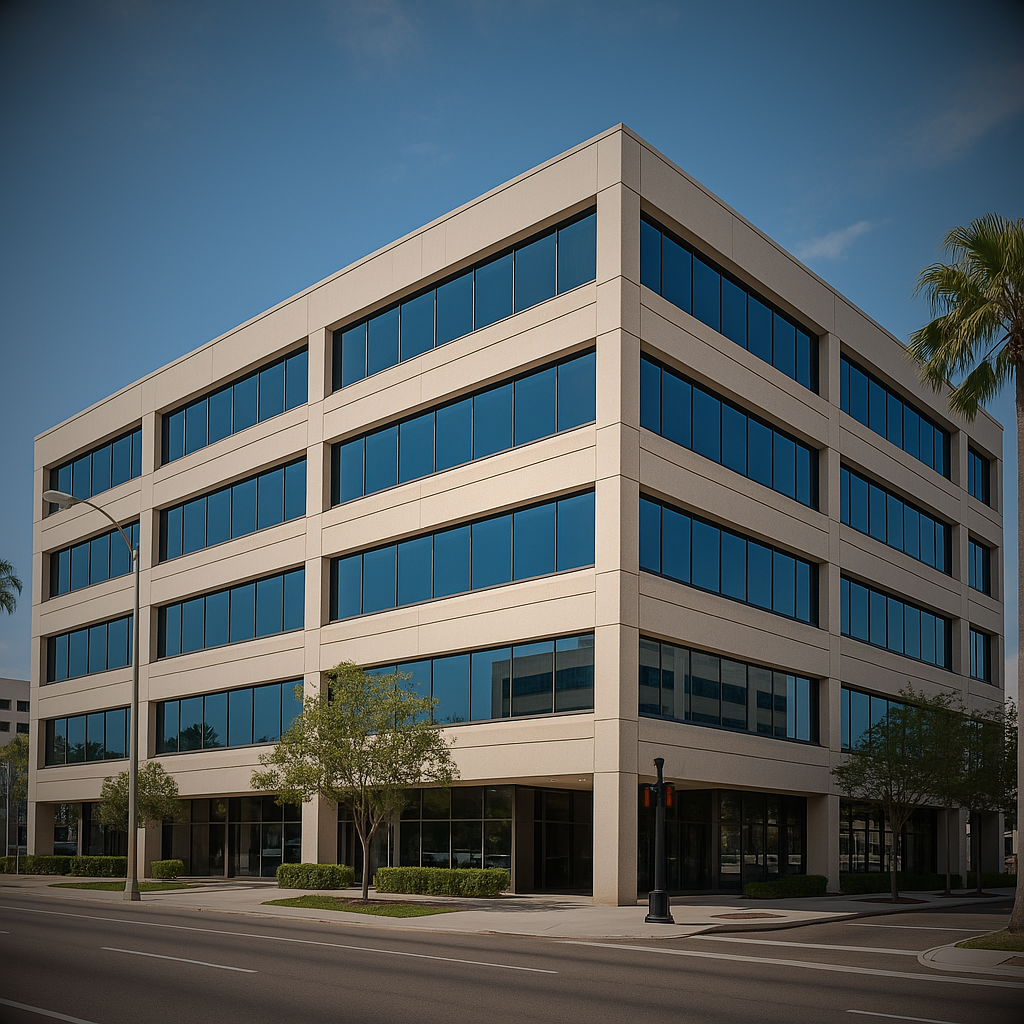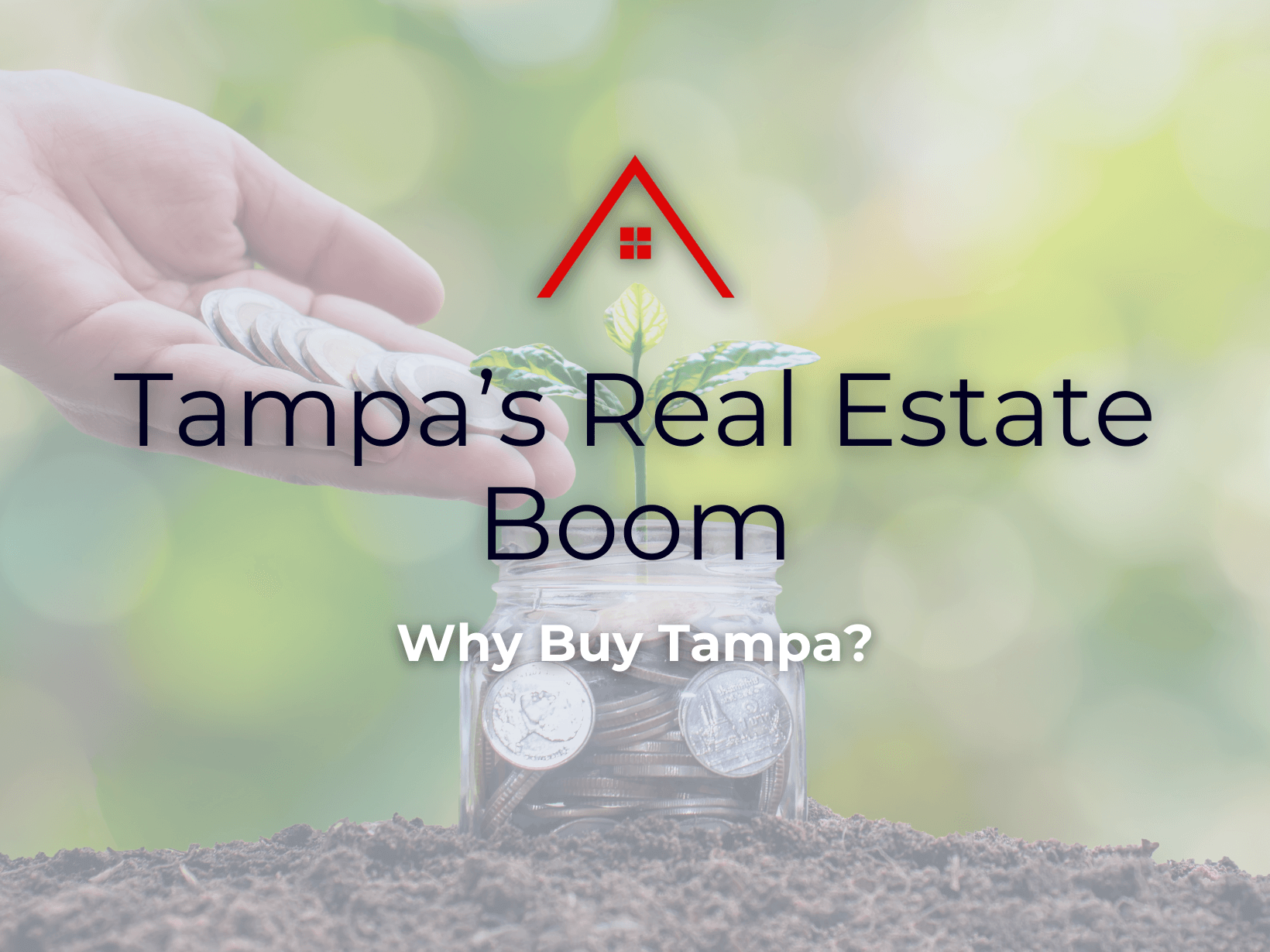As a new investor, you’re looking into the Tampa or west central Florida and seeing opportunity to grow your wealth, retire early, or maybe you have more humble goals of first time ownership or househacking. You can’t just buy anything and expect cash flow anymore, but that’s a good thing! With that, comes appreciation.
I’d like to help you figure out the Tampa market.
Looking for your next rental property in Tampa Bay and value my insight? You can schedule your initial conversation with me one on one below.
Tampa, a Hybrid Market
The midwest is known for its cash flow and low, stagnant appreciation. Listen, if you’re after cash flow, go there. “Cash flow is king” is a phrase often used on Bigger Pockets and by many investors.
However, another common phrase is “cash flow doesn’t make you wealthy”. Not everyone is after wealth. Some have good, steady jobs and they want to secure their retirement and live comfortably and humbly. It’s admirable. Others have ambitious goals of retiring early or covering their living costs so they can start a new business with their freed up time.
The west coast is known for its high appreciation over time. You’re almost guaranteed to be cash flow negative, so investors take annual losses but makes hundreds of thousands through appreciation when they sell.
The data is pretty clear. While appreciation heavily outweighs the gain of cash flow, most investors can’t survive the holding costs for extended periods of time, so reserves become necessary. But check any podcast from Ken McElroy, Robert Kiyosaki, Meet Kevin, or BiggerPockets and you’ll notice the seasoned investors didn’t grow because of cash flow, it was appreciation.
If you value appreciation but can’t survive significant holding expenses indefinitely, I think Tampa is one of your top markets. Tampa has progressed over the last 3 years to more of an appreciation market with cash flow on the side. Why? Tampa has a 1-2% population growth every year. It’s the 3rd largest metro in Florida, and Florida has had a positive net migration each year for the last two decades.
History of Tampa
Tampa’s rich history from 1824 to 1950 is a story of transformation and growth, marked by developments and challenges. We’ll summarize it quickly. Beginning with the establishment of Fort Brooke in 1824, Tampa was initially a military outpost. The town’s incorporation in 1855 laid the foundation for its urban development, though progress was slow due to poor transportation, conflicts with the Seminole tribe, and health crises like yellow fever outbreaks.
The late 19th century brought significant change with the arrival of the railroad by Henry B. Plant (his house now a museum in Tampa) and the booming cigar industry in Ybor City, attracted a diverse influx of immigrants and sparked rapid growth. By 1900, Tampa had become a prosperous city with strong economic foundations in cigar manufacturing and phosphate mining. The early 20th century saw further expansion, like the first commercial airline service and the establishment of major cultural events like the Gasparilla Pirate Festival. Despite a pause during the Great Depression and World War II, Tampa’s population and area continued to expand by introducing better transportation links, solidifying its status as a major urban center in Florida by the mid-20th century.
Tampa properties just 10 years ago were considered stagnant and offered more cash flow than appreciation. What changed? Within the last 14 years, Tampa has caught the eye of developers, businesses, and migrants from other states and countries looking for a higher quality of life because of the revitalization of its urban core, the waterfront areas, steady job growth in valuable industries and low cost of living. These industries include technology, health care, military, exports of phosphate/fertilizers, and financial services.
You’ve decided on Tampa as your preferred market to either live in or invest. Great choice! But what’s the plan? Let’s talk about possible investments next.





